A blockchain is a decentralized, distributed, and public digital ledger used to record transactions across many computers in such a way that the record cannot be changed reflective without affecting all subsequent blocks and network consensus.
Although blockchain technology predates Bitcoin, it is a critical underlying component of most cryptocurrency networks, serving as a decentralized, distributed, and public digital ledger responsible for maintaining a permanent record of all previously confirmed transactions.
What is Blockchain?
Blockchain is defined as “a distributed database that maintains a continuously growing list of ordered records known as blocks,” which are “linked using cryptography.” Each block contains the previous block’s cryptographic hash, a timestamp, and transaction data.
Blockchain transactions take place on a peer-to-peer network of globally dispersed computers (nodes). Each node keeps a copy of the blockchain and contributes to the network’s functionality and security. This is what distinguishes Bitcoin as a decentralized digital currency with no borders, no censorship, and no need for third-party intermediation.
The blockchain, a distributed ledger technology (DLT), is purposefully designed to be highly resistant to modification and fraud. This is because, as a database of records, the Bitcoin blockchain cannot be altered without an impractical amount of electricity and computational power. This means the network can enforce the concept of “original” digital documents, making each crypto a very unique form of digital currency.
The Proof of Work consensus algorithm is what allowed Bitcoin to be built as a Byzantine fault tolerance (BFT) system. It means that its blockchain can continue to operate as a distributed network even if some of the participants (nodes) exhibit dishonest behavior or inefficient functionality. The Proof of Work consensus algorithm is a necessary component of the Bitcoin mining process.
Blockchain technology can also be implemented in other areas such as healthcare, insurance, supply chain, IOT, and so on. Although it was designed to function as a distributed ledger (on decentralized systems). It can also be used on centralized systems to ensure data integrity or reduce operational costs.

Blockchain is still primarily used to record and store transactions for cryptocurrencies . Supporters of blockchain technology are developing and testing other applications for blockchain, including the following:
Blockchain in Other Areas
Payment processing and money transfers. Blockchain reduces transactions process and can settle in seconds, eliminating banking transfer fees.
Blockchain for supply chain monitoring Businesses: It could use blockchain to quickly identify inefficiencies in their supply chains, as well as locate items in real time . It also see how products perform in terms of quality control as they travel from manufacturers to retailers.
For digital identification: Microsoft is experimenting with blockchain technology in order to help people control their digital identities while also giving users control over who has access to their data.
Data sharing with blockchain: It could serve as an intermediary for securely storing and transporting enterprise data across industries.
Blockchain for the protection of intellectual property and royalties. It creates a decentralized database that ensures artists retain their music rights while also providing transparent and real-time royalty distributions to musicians. This technology has the potential to do the same for open source developers.
Blockchain for network management in the Internet of Things. This could become an IoT network regulator, identifying devices connected to a wireless network. And also monitoring their activity, and determining how trustworthy those devices are. When added to the network, its automatically assess the trustworthiness of new devices such as cars and smartphones.
In healthcare Technology. Healthcare payers and providers are using blockchain to manage clinical trial data and electronic medical records while maintaining regulatory compliance.
Process of Blockchain Technology
Many businesses around the world have been incorporating Blockchain technology in recent years. But how does Blockchain technology actually work? Is this a significant modification or a minor addition? Blockchain advancements are still in their infancy and have the potential to be revolutionary in the future. Thus, let us begin demystifying this technology.
Blockchain is a hybrid of three key technologies
Keys for cryptography
A peer-to-peer network with a shared ledger.
A computing method for storing network transactions and records.
There are two keys in Cryptography, private and public. These keys aid in the completion of successful transactions between two parties. Each person possesses these two keys, which they use to generate a secure digital identity reference. The most important aspect of Blockchain technology is its secure identity. This identity is known as a ‘digital signature’ in the world of cryptocurrency . For authorizing and controlling transaction it is used.
Digital signature integrates peer to peer network. A large number of individuals acting as authorities use the digital signature to reach agreement on transactions and other issues. On approval of transaction it is validated mathematically resulting in a successful secured transaction between the two network-connected parties. To summarize, Blockchain users use cryptography keys to perform various types of digital interactions across the peer-to-peer network.
Why is Blockchain Popular?
Assume you’re sending money from your bank account to family or friends. You would use online banking to transfer the funds to the other person’s account number. Once the transaction is completed, your bank updates the transaction records. It appears to be straightforward, doesn’t it? There is a potential problem that most of us overlook. People who are aware of this truth are often hesitant to use these types of transactions. Further this has resulted in the evolution of third-party payment applications in recent years.
Blockchain is a digital ledger that has recently gained a lot of attention and traction in the technology world. But why has it grown in popularity? So, let us delve into it to fully grasp the concept.
Data and transaction record keeping is an important aspect of business. This information is frequently handled in-house or passed through a third party such as brokers, bankers, or lawyers, which adds time, cost, or both to the business. Fortunately, Blockchain avoids this lengthy process and allows for faster transaction movement, saving both time and money.
Most people believe that Blockchain and Bitcoin can be used interchangeably, but this is not the case. It is capable of supporting a wide range of applications in industries such as finance, supply chain, manufacturing, and so on. But Bitcoin is a currency that relies on Blockchain technology to be secure. Blockchain is a new technology that offers numerous benefits in an increasingly digital world:
Extremely Safe
It employs a digital signature feature to conduct fraud-free transactions. Thus making it impossible for other users to corrupt or change an individual’s data without a specific digital signature.
System Decentralized
Traditionally, transactions require the approval of regulatory authorities such as a government or bank. However with Blockchain, transactions are done through the mutual consensus of users, resulting in smoother, safer, and faster transactions.
Capability for Automation
It is programmable and can automatically generate systematic actions, events, and payments when the trigger criteria are met.
Though blockchain-native software is still in its infancy, the technology is rapidly evolving to meet an increasing number of use cases. However, the community does not appear to have taken software security principles seriously, as evidenced by a recent scan of Ethereum smart contracts, which discovered 34,200 vulnerable contracts.
A smart contract is a piece of software that contains business logic for moving balances around or changing the key-value-pairs stored on the blockchain.
Because of poor architectural choices in the Ethereum Virtual Machine and smart-contract programming languages (e.g., Solidity), even security-conscious developers are vulnerable to making simple mistakes with serious consequences. With so much money being invested in blockchain software startups the community must do more to improve the platforms on which the software is built.
In light of New Threats
Traditional secure software development tooling has not yet been adapted to blockchain-centric software. Highly distributed and trustless systems introduce completely new threats and necessitate entirely new ways of thinking about software flaws.
Every week, new research papers and accompanying tools are published, but the community has yet to reach an agreement on best practices for developers to follow. Once a vulnerability is discovered, the immutability of blockchain technology can make patching existing contracts difficult, if not impossible. Given this rigidity, we must take a more proactive approach to security, developing tools and best practices for eliminating bugs before they enter the blockchain. Every smart-contract development cycle is likely to include the following software security activities:
Frameworks for Secure Code
For creating secure code from common patterns, developers require audited and proven frameworks. Safe math operations, authentication and authorization, and monetary transaction handling are examples of this.
Linting and Static Code Analysis
Today’s tools can detect common code smells and identify low-hanging-fruit bugs in Solidity code. These tools must be framework-aware in the future and contain more security-related rule sets.
Tools for Analyzing Dynamic Code
The Maian tool, which National University of Singapore researchers used to identify vulnerable smart contracts, is an example of hybrid static analysis with concrete execution. This detects complex flaws that traditional static analysis tools lacking symbolic execution would miss. Many new smart-contract analysis tools are available that do not require source code.
Modeling of Threats
For nontrivial blockchain applications, organisations require a threat modelling process . This is to systematically identify all system components, potential threat actors, and platform controls. Security teams can then draw conclusions about the system’s overall security. Additional security measure are implemented to mitigate threats.
Secure Governance and Policy Development
Historically, blockchain contracts were unchangeable, and users relied on the veracity of contract code. Today, no contract is immune to hacks and bugs, so contract vendors must develop policies to protect consumers and assets. Smart-contract developers must also consider policies for patching live contracts and incident response methods.
Is It Safe to Use Blockchain in Software Development ?
The quick answer is yes. Because blockchain is immutable and secure, it is suitable for use in software development. As a result, developers can create blockchain-based applications without the need for an intermediary party. This means that software development teams can now create applications on top of blockchain without fear of hacking or theft.
What Role Does Blockchain Play in Software Development?
Blockchain is a distributed ledger technology that enables transactions to be secure, transparent, and tamper-proof. It has been used in software development to build trust between process participants and to track changes to the codebase.
From contract signing to code deployment, blockchain can be used to record all aspects of the software development lifecycle. The blockchain makes it possible to see who made what changes when, how they were made, and where those changes went once they were deployed. This helps to ensure that everyone involved in the process is aware of any changes or updates, avoiding disagreements or misunderstandings.
The advantages of using blockchain in software development include increased security, faster project turnaround times due to less paperwork, and increased accuracy due to immutable records. This makes it an excellent technology for software development because it can be used to create immutable audit trails. It also helps ensure data accuracy and consistency.
Conclusion
Blockchain is a software technology which holds all the records of crypto transactions .We’ve looked at blockchain and why is it popular and why it is safe in software technology and its role in software technology. The advantages of using blockchain in software development include increased security, faster project turnaround times due to less paperwork, and increased accuracy due to immutable records.
Visit us on: www.biovustechnologies.com

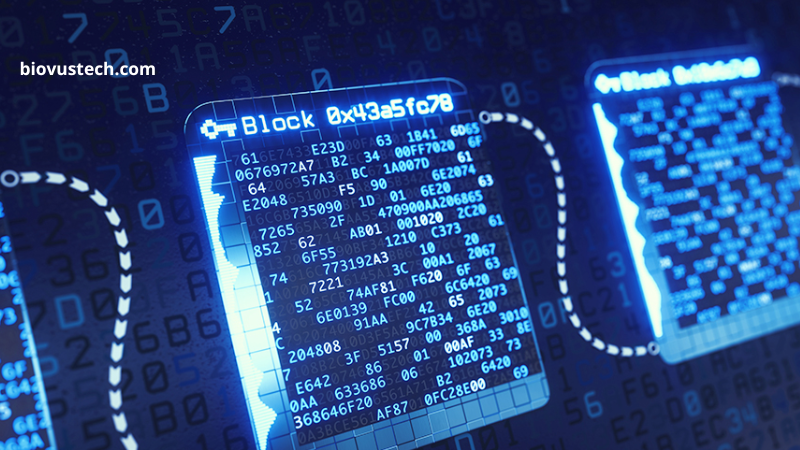
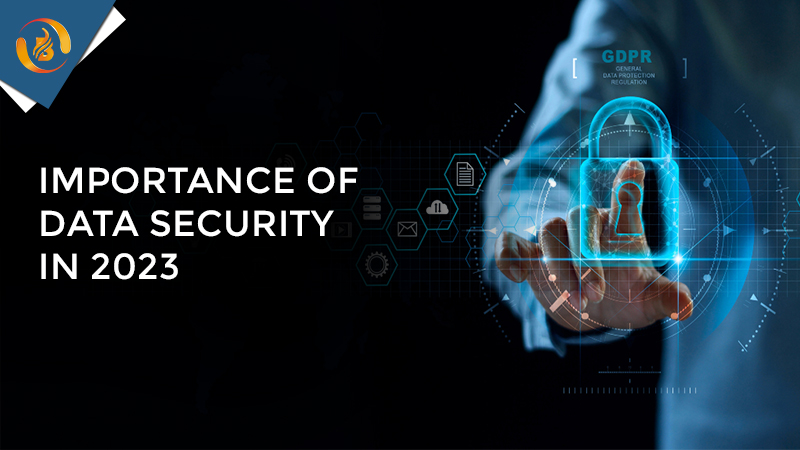
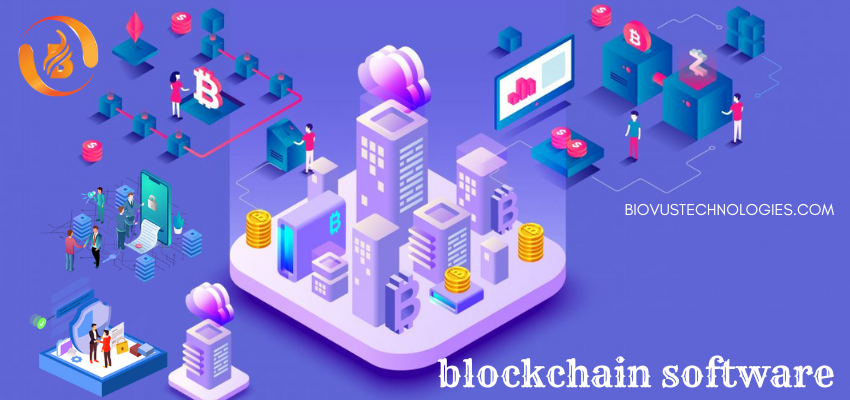
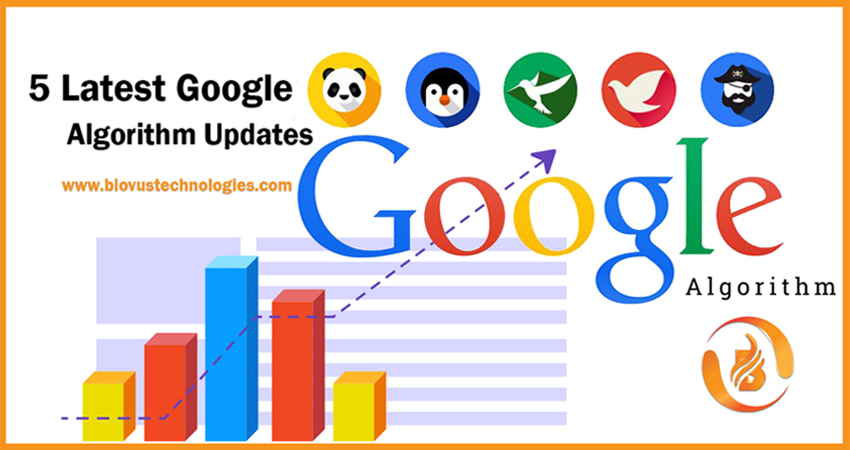

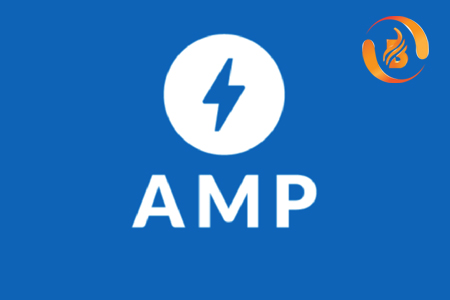
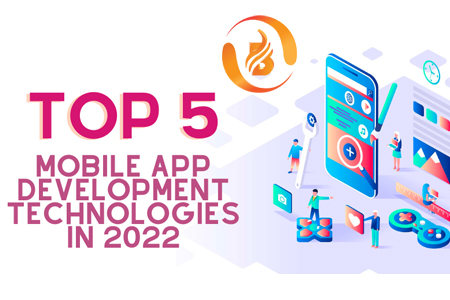
Comments on “Is Blockchain a Software Technology”